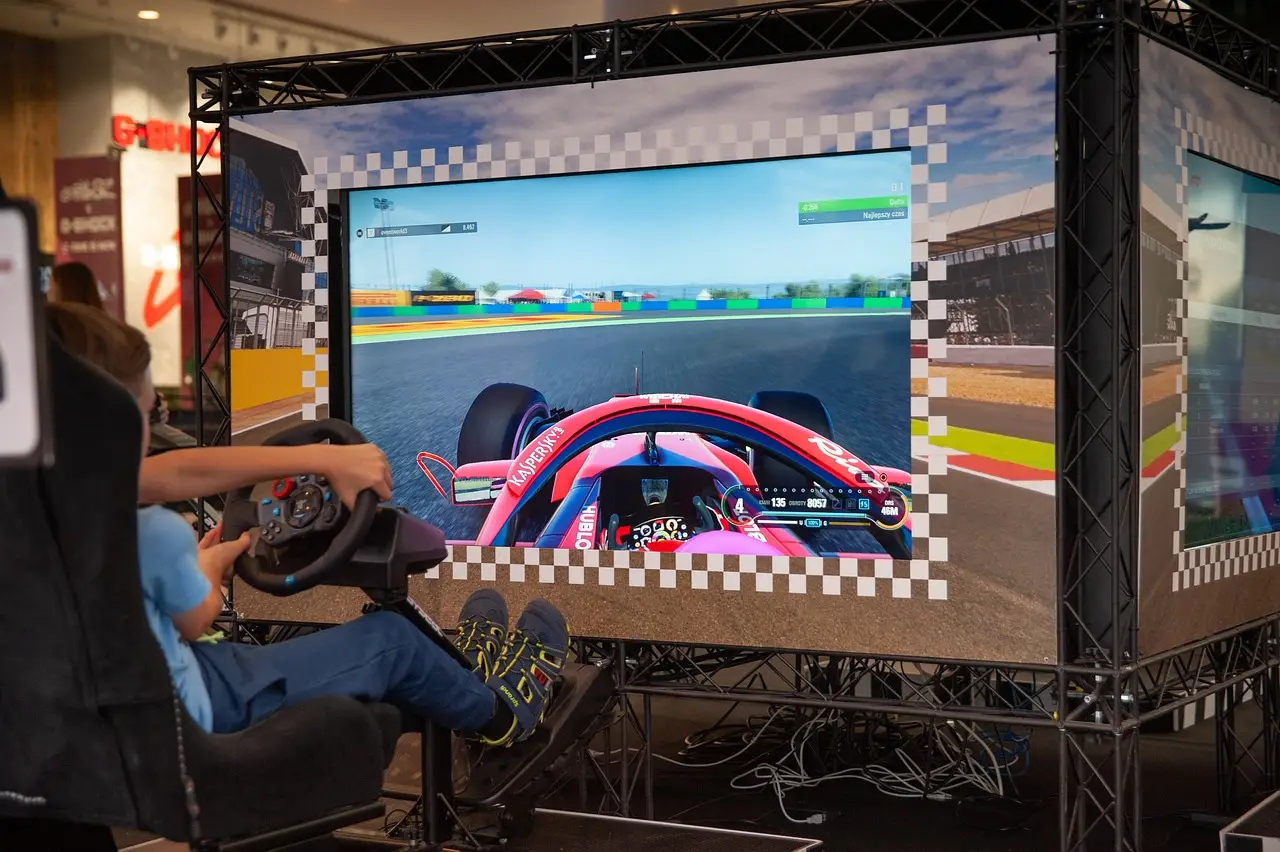The mobile devices market of 2025 offers a variety of solutions for gamers who prefer to play dynamic simulators on the go. At the same time, compactness of the device remains an important parameter — not everyone is willing to compromise on bulky form factors for the sake of high frame rates.
With the increasing performance of mobile SoCs and optimization of graphic APIs, the question of how to choose a gaming smartphone that can handle intensive graphics while still fitting in your pocket becomes relevant.

Key characteristics and technologies that cannot be ignored
Understanding how to choose a gaming smartphone requires considering not only performance but also the quality of interaction with the device. Modern gaming smartphones do not just reproduce graphics — they provide stable, responsive, and intuitive interface operation. In addition to power, it is important how well-calibrated the sensor is, how touches are processed under peak load, and how quickly resource-intensive projects are launched.
The list of technical parameters that should be in a balanced compact gaming smartphone:
- latest generation chipset with high energy efficiency and support for Vulkan API;
- advanced GPU (e.g., Adreno 750 or Mali-G720) for smooth graphics and stable FPS;
- smartphone with a good processor, preferably with a frequency of 3 GHz or higher;
- screen with a refresh rate of 120 Hz and response time of up to 1 ms;
- minimal touchscreen delay and support for up to 10 simultaneous touches;
- RAM from 12 GB and internal memory from 256 GB with the ability to expand via an SD card slot;
- support for 5G, Wi-Fi 6E, Bluetooth 5.3, and a USB-C port with DisplayPort support.
This combination of parameters not only ensures comfort but also makes it possible to run resource-intensive simulators in high quality. Performance, autonomy, and cooling are a unified system that needs to be considered as a whole.
Size matters: how to choose a gaming smartphone with a compact body?
The combination of small dimensions and high power is not just a trendy trend but a task that requires compromises. When choosing a compact device for mobile gaming, special attention should be paid not only to the screen size but also to how thermal dissipation, component density, and power consumption are engineered. Performance smartphones for gaming with a high screen refresh rate should maintain stable gameplay without overheating the body and throttling, even during prolonged sessions.
Among flagships with a diagonal of up to 6.4 inches, devices with efficient GPUs, improved touchscreens, high responsiveness, and adaptive screen refresh rates are increasingly appearing. It is important to check how ventilation is implemented — especially in cases without active cooling. Frequent lags and FPS drops are often associated with overheating rather than a lack of computational power.
Performance and balance — how to avoid overheating in compact models?
Minimal dimensions increase the risk of overheating. Even the most powerful gaming smartphone can lose performance if passive heat dissipation with graphite layers or a liquid circuit is not implemented inside the body. Therefore, in the question of how to choose a gaming smartphone, the cooling system occupies an important place. Marketing designations do not always reflect real efficiency — it is important to check independent benchmarks, overheating tests, and user reviews comparing device behavior under prolonged load.
Firmware optimization is also important — balanced operation of the core, power controllers, and graphics allows avoiding temperature spikes when the GPU is in operation. Some manufacturers offer “gaming modes” that adjust frequencies and network priorities for mobile games — such solutions are especially important when using a network connection via Wi-Fi or 5G.
Best gaming smartphones with a compact form factor
The variety of models in the mid-range and flagship segments allows finding solutions even for demanding tasks. Among the offerings of 2025, the following stand out:
- Asus Zenfone 11 Compact — with a 5.9-inch diagonal, the device is equipped with Snapdragon 8 Gen 3, 16 GB of RAM, 256 GB of internal storage, and USB-C 4.0 support. It demonstrates stable FPS without lags in games on high settings;
- Sony Xperia 5 VI — combines a 6.1-inch OLED display with high brightness and 144 Hz, as well as quality cooling despite the thin body. Optimized for mobile simulators with a high touch frequency;
- iPhone 15 Pro — aluminum body, advanced graphics architecture, and perfect sensor calibration make the device comfortable for extended sessions;
- Xiaomi 14 — a compact solution with a flagship chipset, next-generation graphics accelerator, and high touchscreen responsiveness.
Each of these models offers not only performance but also a smart approach to ergonomics, which is especially important for users preferring a small-sized gaming smartphone.
Interface support and modularity in compact solutions
When evaluating how to choose a gaming smartphone, the presence of basic interfaces remains a critically important parameter, especially if connecting external controllers, headphones, or gamepads is anticipated. Support for USB-C, Bluetooth LE Audio standard, and stable connections via Wi-Fi 6E allow for a full range of capabilities similar to stationary platforms.
Equally important is the support for memory cards — the SD card slot is becoming rare, but in some models, it remains, enabling expansion without relying on cloud storage. For running heavy simulators where every gigabyte of storage matters — this is critical.
Versatility and everyday tasks
A compact gaming smartphone is not just a gaming device but also a work tool. In everyday use, autonomy, ease of text input, camera quality, and multimedia capabilities are important. Most modern models no longer force a choice between performance and versatility — the device can be both a media center and a gaming terminal at the same time.
Managing documents, video calls, working with banking apps and messengers — all require a smooth interface. Therefore, when answering the question of how to choose a gaming smartphone, it is important to consider tasks beyond the gaming context.

Now you know how to choose a gaming smartphone
Technologies in the mobile gaming segment are developing rapidly — compact bodies are no longer considered a hindrance to high performance. However, to find the optimal balance between mobility and power, it is important to precisely understand how to choose a gaming smartphone.
Only a deep analysis of parameters, engineering solutions, and usage scenarios will help acquire a device that confidently handles both everyday tasks and resource-intensive mobile games.
 en
en  ru
ru  de
de  ar
ar  es
es  hi
hi  fr
fr  nl
nl  it
it  pt
pt  el
el 



